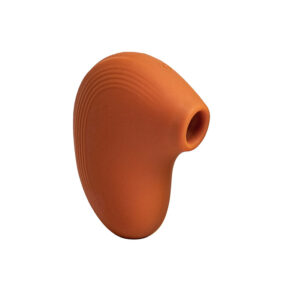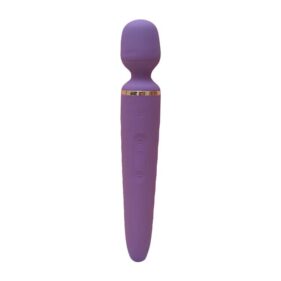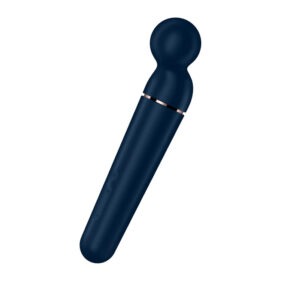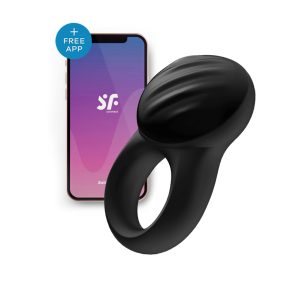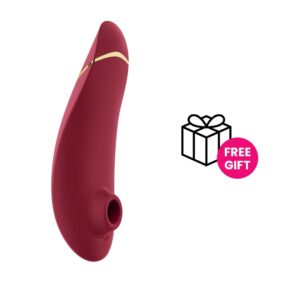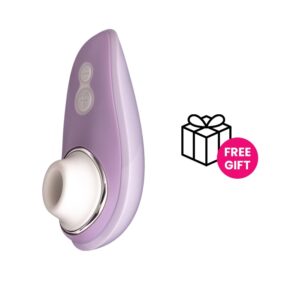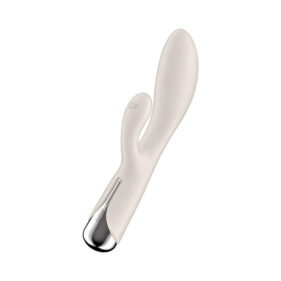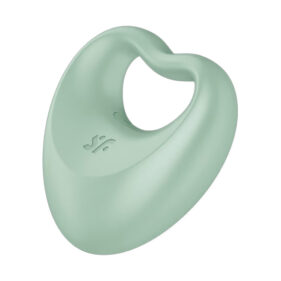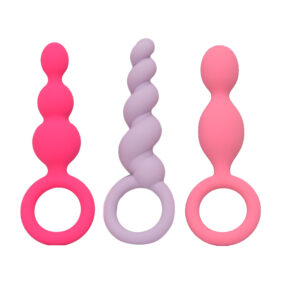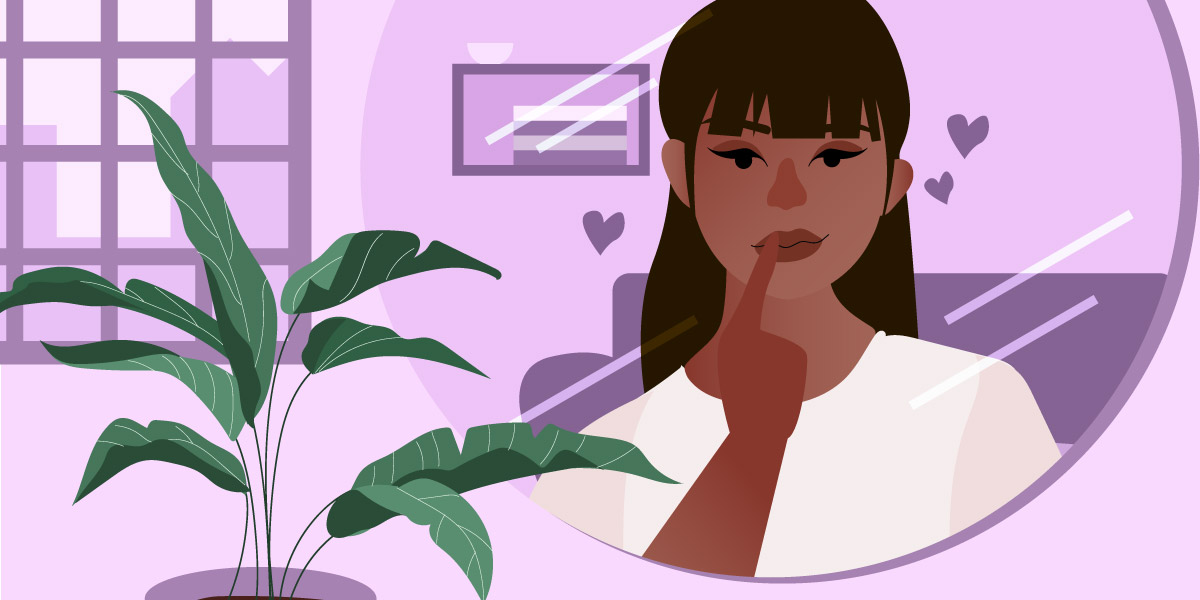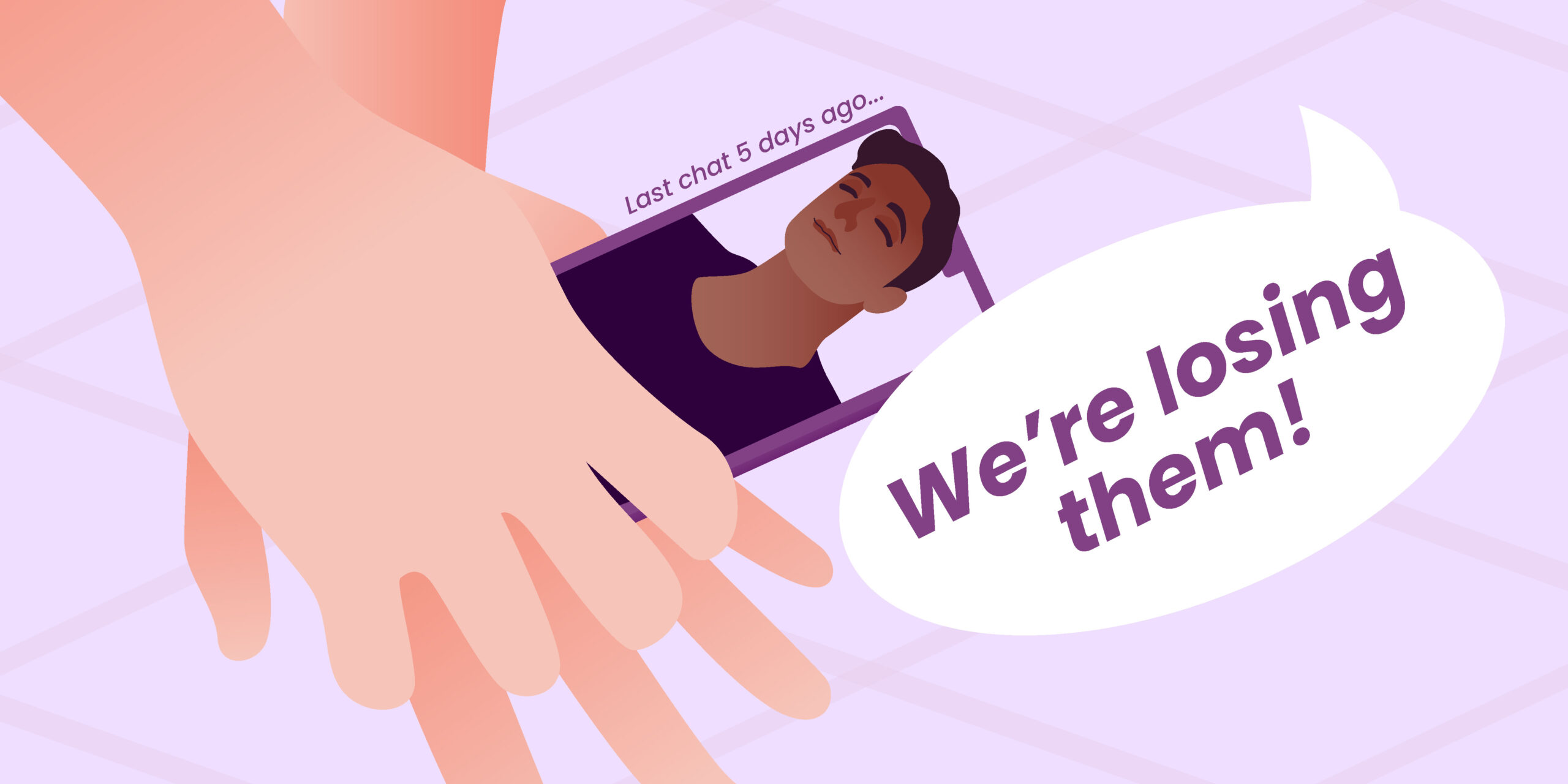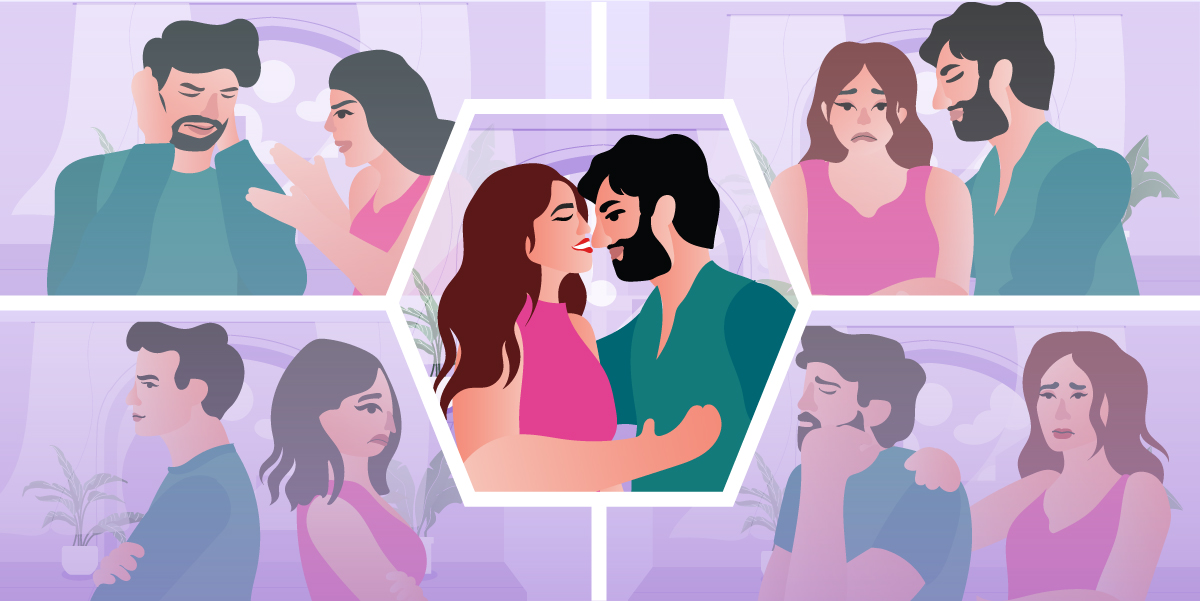
Relationships come and go. Sometimes, partners seem so perfect, but in practice, it just doesn’t work out. You start to doubt yourself and if finding a forever love is really in the cards for you. A lot of the time, the cause of your incompatibility isn’t because of either of your beliefs and priorities, but rather because your attachment styles are different. Attachment theory is one of the most well-researched theories in the field of relational psychology. Different attachment styles can affect romantic relationships, and today we’ll break them down.
What is Attachment Theory?
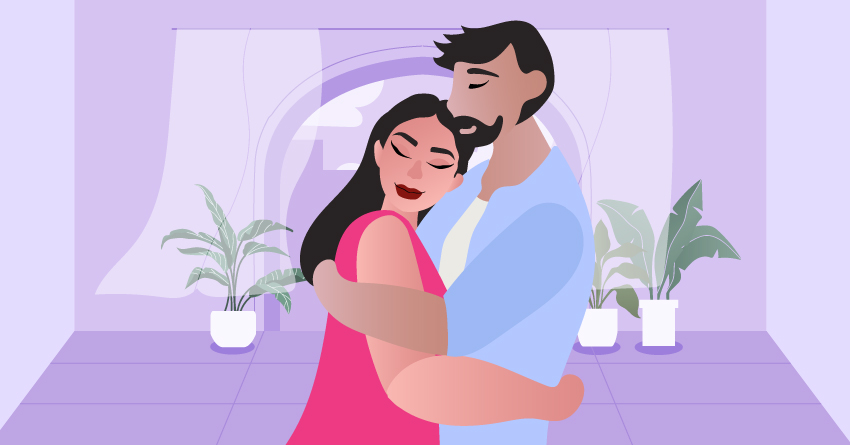
The study and narration of how humans develop relationships based on their childhood relationships is called attachment theory. Bonds formed with parents or important childhood figures create the expectation of how love should be and influence the love we seek out. This term was developed by psychoanalyst John Bowlby and later expanded by developmental psychologist Mary Ainsworth. Attachment theory says a person’s early relationships, especially with their caregivers, greatly inform and impact their romantic relationships later in life.
According to attachment theory, an individual is born with the innate drive to become attached to their primary caregiver – usually the mother. The availability or inability of that caregiver and the quality of care influenced what that bond or lack of bond looked like, and that, in turn, shapes what the individual’s romantic bonds look like as an adult.
If you had a caregiver that made you feel safe and secure by being responsive and available to you as a child, you most likely have a secure attachment style. This is ideal and important for dating and creating healthy relationships because you are confident in the fact that your partner is there for you and has your back.
While your parents or guardians can play a part in your attachment style, you can’t lay all the blame on them. A great deal of time has elapsed between infancy and adulthood, so intervening experiences also play a large role in adult attachment styles.
-
₱1,599.00
-
₱5,395.00
-
₱985.00
-
₱6,745.00
Breakdown of Attachment Styles
Understanding how your attachment style shapes influence your intimate relationships can help you make sense of your behavior. Identifying these patterns can help you clarify what you need in a relationship and the best way to overcome problems.
Attachment theory may seem complex, but it is quite simple if you break down the styles. Its essence is that someone can fall into one of two camps:
- secure attachment
- insecure attachment
And insecure attachment can be broken down further into four specific subtypes:
- avoidant
- anxious
- anxious-avoidant
- disorganized
-
₱1,964.00
-
₱3,395.00
-
₱3,395.00
-
₱3,395.00
Different Attachment Styles & How to Identify Them
Humans are different, and as a result, we all react to and treat relationships differently. This also means that how we attach ourselves to other people will vary, too. We’ve mentioned all the different attachment styles earlier, but let’s dissect them even further. Try to figure out which attachment style you or your partner relate to.
Secure Attachment

Securely attached adults tend to be more satisfied in their relationships. They feel secure and connected with their partner even when they aren’t together, allowing both of their independence. This is considered one of the healthiest of all attachment styles.
Signs of Secure Attachment:
Children will prefer their parents to strangers. They run to their parents for comfort and love. Children with a secure attachment see their parents as a safe base to venture out and independently explore the world.
Adults who are securely attached tend to have to trust long-term relationships. They are equipped with the skills needed to communicate their feelings properly with friends and family. Securely-attached individuals also have high self-esteem, enjoy intimate relationships, and know how and when to seek out social support.
Possible Causes of Secure Attachment
According to attachment theory, parents who have better relationships and spend more time playing with their kids have securely attached children. These parents react quickly to their children’s needs and are typically more responsive than the parents of insecurely attached children.
Studies have shown that securely attached children are more empathetic during the later stages of childhood. These children are also described as less disruptive, less aggressive, and more mature than children with ambivalent or avoidant attachment styles.
-
₱11,990.00
-
Original price was: ₱5,995.00.₱4,196.50Current price is: ₱4,196.50.
-
₱4,745.00
-
₱2,695.00
Insecure Attachment
Secure attachment is easily identifiable while insecure attachment can be a bit harder to detect. There are a couple of different subtypes of insecure attachment that can help explain your relationships and how you operate in them.
1Avoidant Attachment
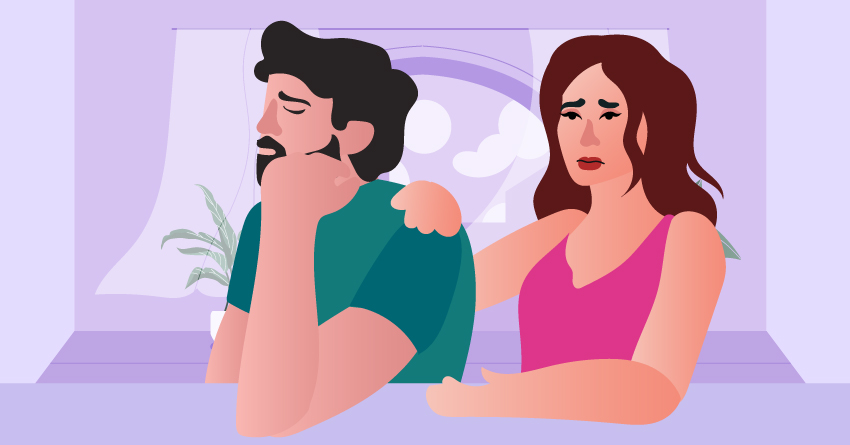
People with an avoidant attachment style may avoid relationships altogether because they can view emotions and connections as relatively unimportant. Those that do have been in relationships may have been in a string of semi-serious relationships. Maybe someone you’ve met seems like they have no feelings at all, there is a possibility that they are avoidant-attached.
Signs of Avoidant Attachment
Children that have avoidant attachment tend not to experience sensitive responses to their needs or distress. They become physically and emotionally independent. They feel uncomfortable with physical affection and closeness, and this may bleed into their adult lives.
Adults with avoidant attachment try to steer clear of closeness and intimacy. They may appear distant and cold because they avoid displaying emotions. These adults don’t believe in ‘happily ever after’ and are less likely to fall in love. They fear intimacy and be less involved in relationships.
Possible Causes of Avoidant Attachment
Avoidant attachment may be caused by caregivers who are emotionally unavailable or unresponsive to the needs of the infant or young child. Children with an avoidant attachment style may have faced repeated discouragement or even a scolding for crying and outwardly expressing their emotions.
How to Address It
Fear of losing control because of their strong emotions is at the core of avoidant attachment. They may not have the skill to talk things through and manage their emotions safely. Both people need to work towards open and honest communication within the relationship for it to work. They have to create a safe space to raise issues and concerns and ensure that they will be validated. An avoidant individual will learn that it is easier to raise a concern straight away (rather than sitting on it or hoping it will go away) and will begin to be more proactive about speaking up.
2Anxious Preoccupied Attachment
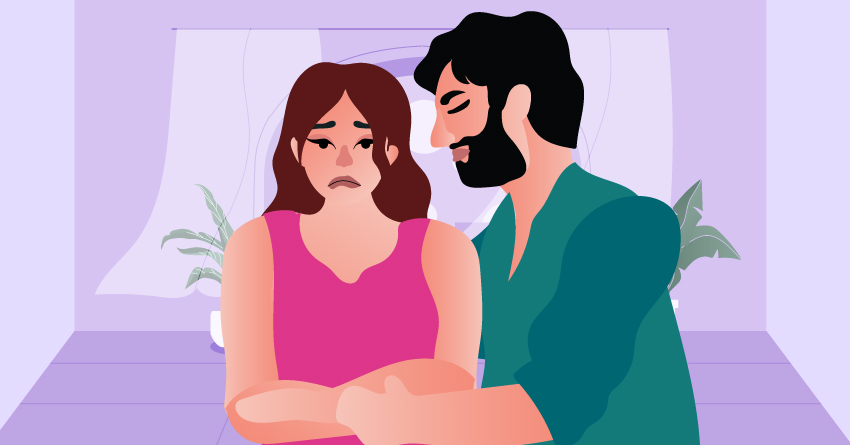
Anxious preoccupied attachment-styled individuals tend to desperately try to manifest a fantasy bond. They have an emotional craving instead of feeling real love or trust in their relationships. People that anxiously attach look to their partners for rescuing or completion while keeping their partner at an arm’s length. They may seem desperate and insecure, but it usually is a protective mechanism. Independent action by their partners may also be seen as an affirmation of their fears.
Signs of Anxious Preoccupied Attachment
Children with this attachment style find themselves in super co-dependent relationships with other anxiously attached folks. They may also follow after avoidant-attached folks because the dynamic is similar to what they had with their parents.
Adults with anxious preoccupied attachment constantly fear rejection and being neglected. To ease those fears, they’ll become obsessive over their partners. They’re constantly texting, refreshing their partner’s social media, or over-communicating. Typically, they find themselves in super co-dependent relationships with other anxiously attached folks.
Possible Causes of Anxious Preoccupied Attachment
In attachment theory, certain childhood experiences may increase the likelihood of developing this attachment style, including early separation from a parent or caregiver—a troubled childhood, including physical or sexual abuse.
Anxious preoccupied attachment includes a lack of independence, many insecurities, and a deep desire to be close to a partner. They often fear rejection and abandonment. They can be deep-seated insecurities or rooted in their childhood or past relationships. While there is often trauma associated with insecure attachment, it could just be an attachment preference too.
How to Address It
You can do some things if you have an anxious preoccupied attachment, such as learning communication skills. Start learning how to express your emotions and asking for what you need to help you be clear in your relationships. Being more observant and sensitive to nonverbal cues will better help to interpret how your partner feels.
3Anxious-Avoidant Attachment
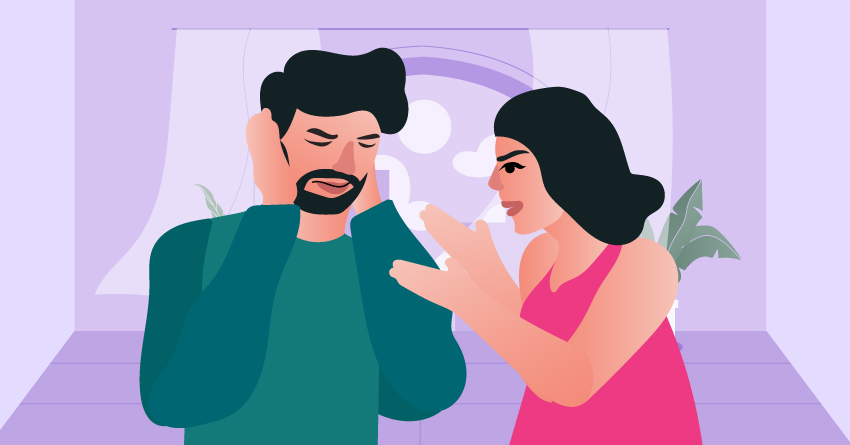
Anxious-avoidant attachment style involves a combination of both feeling anxious for affection and avoiding it at all costs. It’s a pretty rare attachment style and that has made it harder to research. But some research has found fearful-avoidant people to have “the most psychological and relational risks.”
Signs of Anxious-Avoidant Attachment
Children with anxious avoidance react to stress with apparently incoherent behaviors, such as aimlessness, fear of their caregiver, or aggressiveness toward their caregiver. A child afraid of their caregiver finds themselves desperately needing comfort but has learned that they cannot trust the person who gives it to them.
Adults who are anxious-avoidant express behaviors such as wanting intimacies in their relationships while fearing it and trying to escape it. The likelihood of expressions of violence and having high numbers of sexual partners are more common in individuals with anxious-avoidant attachment.
Possible Causes of Anxious-Avoidant Attachment
Earlier studies have hypothesized this behavior comes from traumatic experiences with their caregiver. The child becomes constantly caught between deactivation (as the attachment figure cannot be a source of reassurance) and hyperactivation (the presence of the ‘frightening’ figure constantly triggers attachment needs). An impactful event in their past can cause one to become distant and exhibit anxious-avoidant behavior too.
How to Address It
Working on ‘unresolved trauma’ may be a path to resolve sexual difficulties. This does not automatically mean the your trauma is related to sexuality. It may be more generally related to relationships with partners in your environment. If you’re relating to any of the above and feeling nervous, take a deep breath. The good news is that attachment styles are malleable through conscious intention and practice.
Understanding why you make decisions about your sex life and relationships in that is extremely essential. Practicing mindfulness can help build up your self-awareness.
4Disorganized Attachment
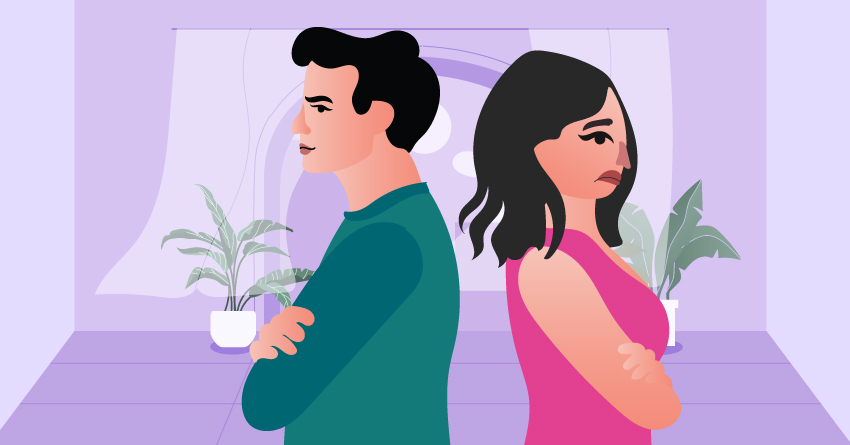
Those with a disorganized attachment style lack a coherent approach towards relationships. On the one hand, they want to belong. These people want to love and be loved. While on the other hand, they are afraid to let anyone in.
They have a strong fear that the people who are closest to them will hurt them. People with disorganized attachment crave connection, but out of fear of losing it, they retaliate, create drama, and find themselves in many meaningless arguments once they have it.
Signs of Disorganized Attachment
Children with this type of attachment may have had a parent or anyone who may have had a close hand in helping raise the child—offers inconsistent emotional support or abuse. So the child craves approval from the attachment figure and fears them at the same time. The child is constantly showing the need for affection while being fearful when the attachment figure is around.
Adults with a disorganized attachment style experience lots of anxiety in relationships have an extreme need for closeness, and fear rejection by their partners. They’re always in contradictory mental states and behaviors.
Possible Causes of Disorganized Attachment
As mentioned earlier in the signs in children, a past trauma may cause one to have this type of attachment. And although people with a disorganized attachment style want to connect, they pull away, see signs of rejection where none exists, and develop a self-fulfilling prophecy: They act in ways that protect themselves from rejection and pain.
How to Address It
Get real about self-compassion. This isn’t just a feel-good catchphrase for you. At the core, people with disorganized personalities are suffering from relationship insecurity—and instilled a belief that people in your life will reject or leave you, just like your earliest caregivers or loved ones did. You need to actively work to break that toxic mindset that views yourself as unworthy because of your past.
Frequently Asked Questions
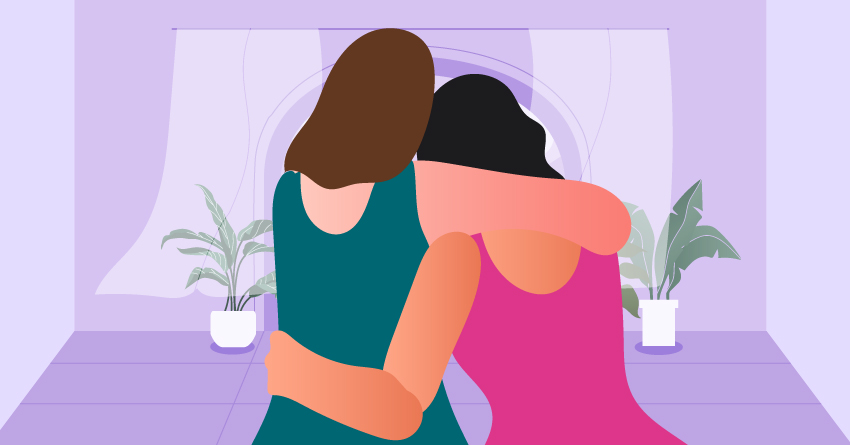
Attachment styles can vary from person to person, and it can get tricky when dealing with such behavior. So we’re here to help you out with some of the common queries about this:
1Can one change their attachment style to a more secure way of relating?
The answer is yes, but it takes hard work. Often therapy can be incredibly helpful. Being aware of your attachment style and the choices you are making in a partner is crucial. A quality therapist will guide your development of the awareness necessary to discern whether you react to pass wounds. We tend to recreate unhealthy relationship patterns from our childhood in our adulthood. As much as people may dislike it, the familiarity is comforting.
You may even confuse the feelings of relationship chemistry with the familiarity of your early life experience. You can challenge your insecurities by choosing a secure attachment style partner and developing yourself in that relationship. By facing your fears about love, you can build new attachment styles for sustaining a satisfying, loving relationship.
2What is the most common attachment style?
Secure attachment is the most common type of attachment relationship seen throughout societies. Securely attached children can best explore when they know a secure base (their caregiver) to return to in times of need.
3How do I manage my attachment style with my partner?
If your goal is to form a close emotional bond with someone ultimately, you’ll need to tell that person exactly what you want and why you struggle with it. This way, you can both work on solutions to help overcome your hurdles and get closer.
4How does attachment affect personality?
The attachment theory suggests that deficits in personality organization and insecure attachment mainly foster primary emotional traits, which are unpleasant (like anger and fear). In contrast, secure attachment predominately fosters pleasant primary emotion dispositions (seek, play and care).
5How do I know which attachment style I am?
It might be hard to tell if you have fearful-avoidant attachment without consulting with a professional. And while there is an online test you can take to determine your attachment style, it may not distinguish clearly between fearful-avoidant and the other insecure attachment styles because the former is so rare and is, in fact, a combination of the other two.
Takeaway
Attachment styles can vary from each person, and we can always adjust our minds to becoming more secure in our relationships by being mindful and open to communicating with those we trust. And we hope this article has helped you in navigating your social relationships.
